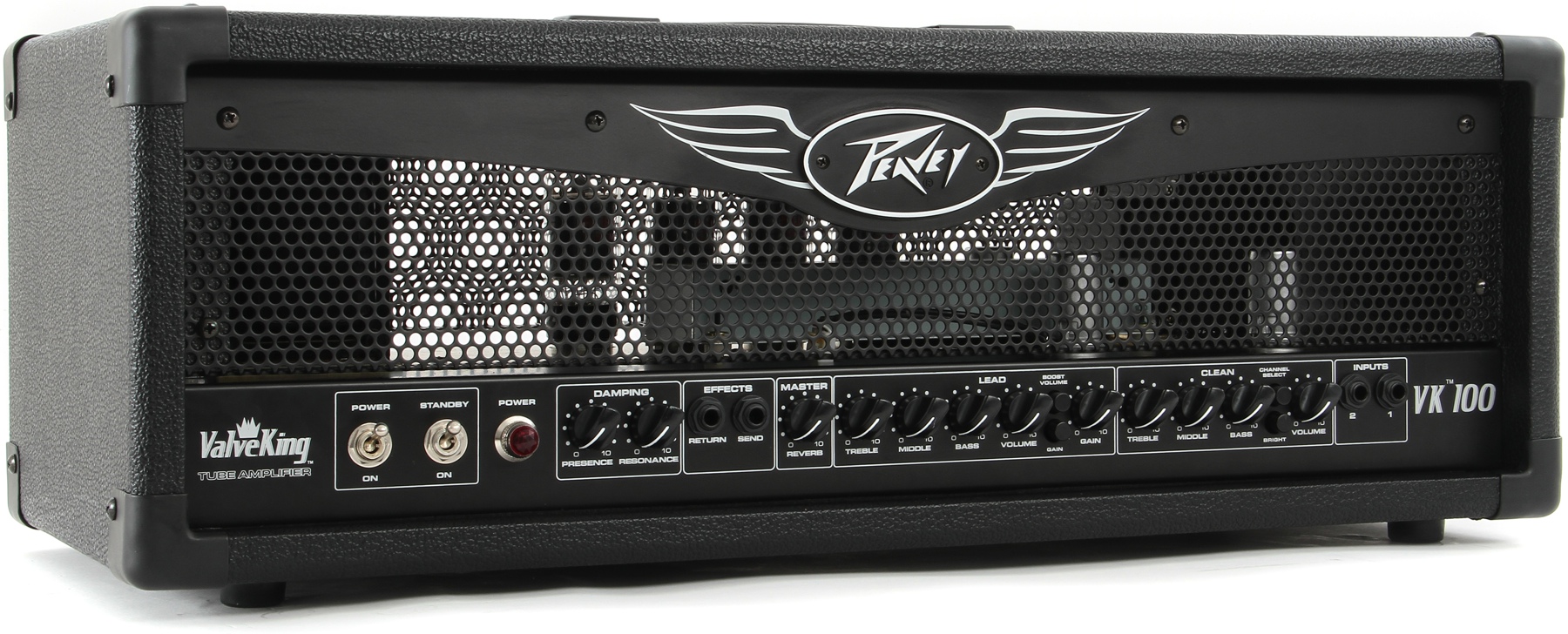Peavey ValveKing 4×12 Slant Cabinet: Peavey Valveking 4×12 Slant Guitar Cabinet Reviews


The Peavey ValveKing 4×12 slant cabinet is a staple for guitarists seeking a robust and visually striking platform for their amplifiers. Its angled design not only provides optimal sound projection but also contributes to its overall aesthetic appeal. This section delves into the construction, durability, and longevity of this popular cabinet, examining user experiences and offering maintenance advice to ensure its lifespan.
Cabinet Construction and Craftsmanship
The Peavey ValveKing 4×12 slant cabinet is constructed from robust plywood, chosen for its ability to withstand the rigors of touring and regular use. The plywood is typically covered in a durable textured vinyl covering, available in various colors, providing both protection and a professional finish. The construction is reinforced with internal bracing to minimize resonance and enhance structural integrity. The joints are typically well-made, using robust joinery techniques to ensure a sturdy and long-lasting cabinet. The overall impression is one of solid construction, designed to endure the bumps and bruises of transportation and frequent use. The corners are often protected with metal corner guards, further reinforcing the cabinet’s resistance to damage.
User Experiences and Reported Issues
User experiences generally reflect the cabinet’s robust construction. However, like any piece of equipment subjected to regular use and transport, some issues have been reported.
- Vinyl Covering Wear: The vinyl covering can show signs of wear and tear over time, particularly around the edges and corners. Scratches and scuffs are common, especially with frequent transport. This is largely cosmetic and doesn’t typically affect the cabinet’s functionality.
- Handle Durability: While the handles are generally sturdy, some users have reported issues with the handles loosening or breaking after extended use. Careful handling and avoiding excessive strain on the handles can help mitigate this.
- Speaker Issues (Not Cabinet Related): Reports of speaker issues are sometimes associated with the cabinet, but these are usually related to the speakers themselves and not the cabinet’s construction. Regular speaker maintenance is crucial to prevent such problems.
- General Longevity: Many users report years of reliable service from their Peavey ValveKing 4×12 slant cabinets, attesting to their robust build quality and durability.
Cabinet Care and Maintenance Guide
Proper care and maintenance are essential to prolong the life of your Peavey ValveKing 4×12 slant cabinet. Following these simple guidelines can significantly extend its lifespan and maintain its appearance.
- Cleaning: Use a damp cloth and mild detergent to clean the vinyl covering. Avoid harsh chemicals or abrasive cleaners that could damage the finish. For stubborn stains, use a specialized vinyl cleaner.
- Protection: When not in use, consider storing the cabinet in a protective cover to shield it from dust, moisture, and potential damage. A padded cover offers extra protection during transport.
- Transportation: Always lift the cabinet by its handles, avoiding excessive strain. Use appropriate transport methods, such as a sturdy carrying case or a padded vehicle interior, to prevent damage during transit. Secure the cabinet properly to avoid movement during transport. Avoid dropping or bumping the cabinet.
- Regular Inspection: Periodically inspect the cabinet for any signs of damage, such as loose screws, worn vinyl, or damaged handles. Address any issues promptly to prevent further problems.
Peavey ValveKing 4×12 Slant Cabinet: Peavey Valveking 4×12 Slant Guitar Cabinet Reviews


The Peavey ValveKing 4×12 slant cabinet, a cornerstone of many guitarists’ rigs, offers a robust and visually striking platform for delivering powerful, articulate tone. Its slanted design not only contributes to a visually appealing aesthetic but also improves stage presence by directing sound towards the audience. This cabinet’s reputation is built on its ability to handle high-wattage amplifier heads and deliver a wide range of tones, making it a versatile choice for a variety of players and musical genres.
User Experiences Across Musical Genres
The Peavey ValveKing 4×12 slant cabinet has garnered a loyal following among players across a wide spectrum of musical styles. Rock, blues, and hard rock players frequently cite its ability to deliver a thick, powerful low-end coupled with clear, articulate highs. The cabinet’s responsiveness to the nuances of playing dynamics is often praised, allowing for subtle clean tones to be easily coaxed alongside aggressive, overdriven sounds. Jazz and blues players appreciate its ability to deliver a warm, responsive tone suitable for clean playing and subtle overdrive, while metal players often pair it with high-gain heads for a crushing, powerful sound. The cabinet’s ability to handle both clean and high-gain applications with equal aplomb speaks to its versatility. Many users describe a rich harmonic complexity that adds depth and character to their tone.
Amplifier Head Compatibility and Synergistic Sound Combinations, Peavey valveking 4×12 slant guitar cabinet reviews
The Peavey ValveKing 4×12 slant cabinet’s 16-ohm impedance makes it compatible with a wide array of amplifier heads. Pairing it with a Peavey ValveKing head, for example, results in a synergistic match, often described as delivering a powerful, tight low-end with a clear, articulate top end. This combination is often favored by players seeking a classic rock or hard rock tone. However, its versatility extends beyond Peavey amps. Users have reported excellent results when pairing it with heads from other manufacturers, including Marshall, Mesa/Boogie, and Fender. For instance, pairing it with a high-gain Marshall head produces a thick, aggressive tone ideal for heavy rock or metal, while pairing it with a Fender Twin Reverb yields a clean, spacious sound suitable for genres like country or jazz. The cabinet’s neutral voicing allows it to faithfully reproduce the characteristics of the amplifier head, making it a blank canvas upon which to shape your tone. The overall sound is greatly influenced by the head/cabinet interaction; a high-gain head paired with this cabinet will produce a drastically different sound than a clean head. This is due to the cabinet’s ability to respond differently to various frequencies and power levels.
